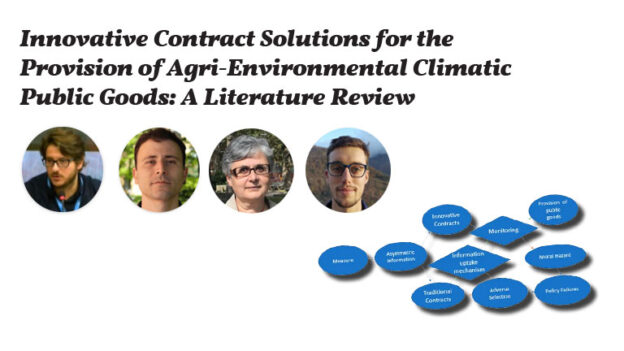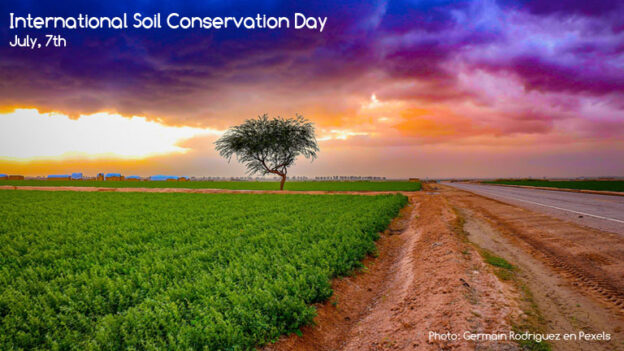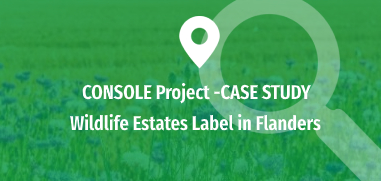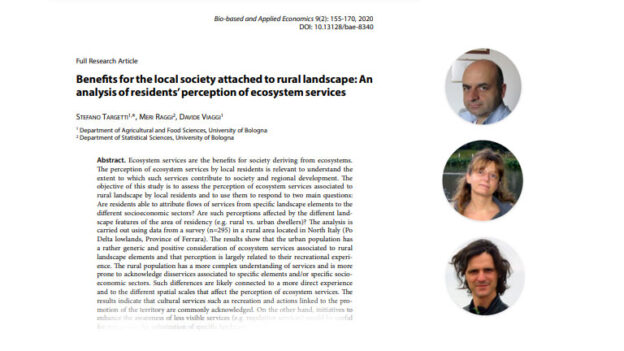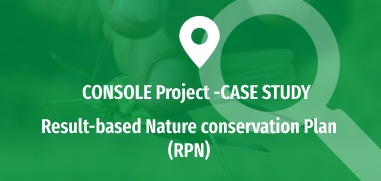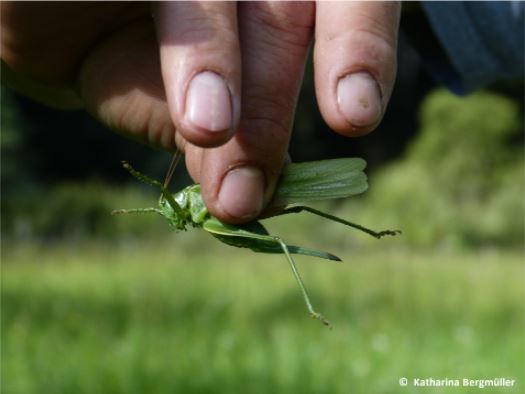Again, we are happy to send you the information regarding a publication carried out by our colleagues from the CONSOLE project, Daniele Vergamini, Matteo Olivieri, María Andreoli (University of Pisa) and Fabio Bartolini (University of Ferrara).
The research is titled “Innovative Contract Solutions for the Provision of Agri-Environmental Climatic Public Goods: A Literature Review” and they begin by arguing how the absence of public funding and the deterioration of the environment due to anthropic actions is encouraging the search for innovative mechanisms, that promote the provision of agri-environmental climate public goods (AECPG) by farmers.
The authors argue that the main failures of the current policy regime stem from the inability of policy makers to cope with the heterogeneity of private costs to produce agri-environmental goods in agrarian areas. This has caused innovative solutions to be sought.
Methodology
Faced with this situation, the researchers have carried out a systematic bibliographic review where the potential results-based collective contracts as innovative solutions are analysed in comparison with action-based instruments (most used today).
Results
Obviously, we are not going to reveal the research results here, as we want you to read this interesting research article.
The findings related to the type of external environment are collected by policy environment (choice of the type of policy, type of most suitable contract or implementation of the contract), agricultural and social environment (behaviour and knowledge of farmers) and ecological environment (inappropriate behaviour related to high productivity and scarce supply of Agri-environmental goods) that must be taken into consideration when developing strategies.
Likewise, the researchers highlight the importance of the innovative solutions included in the publications to avoid errors in the policies, propose discriminatory payment systems or new mechanisms of action.
